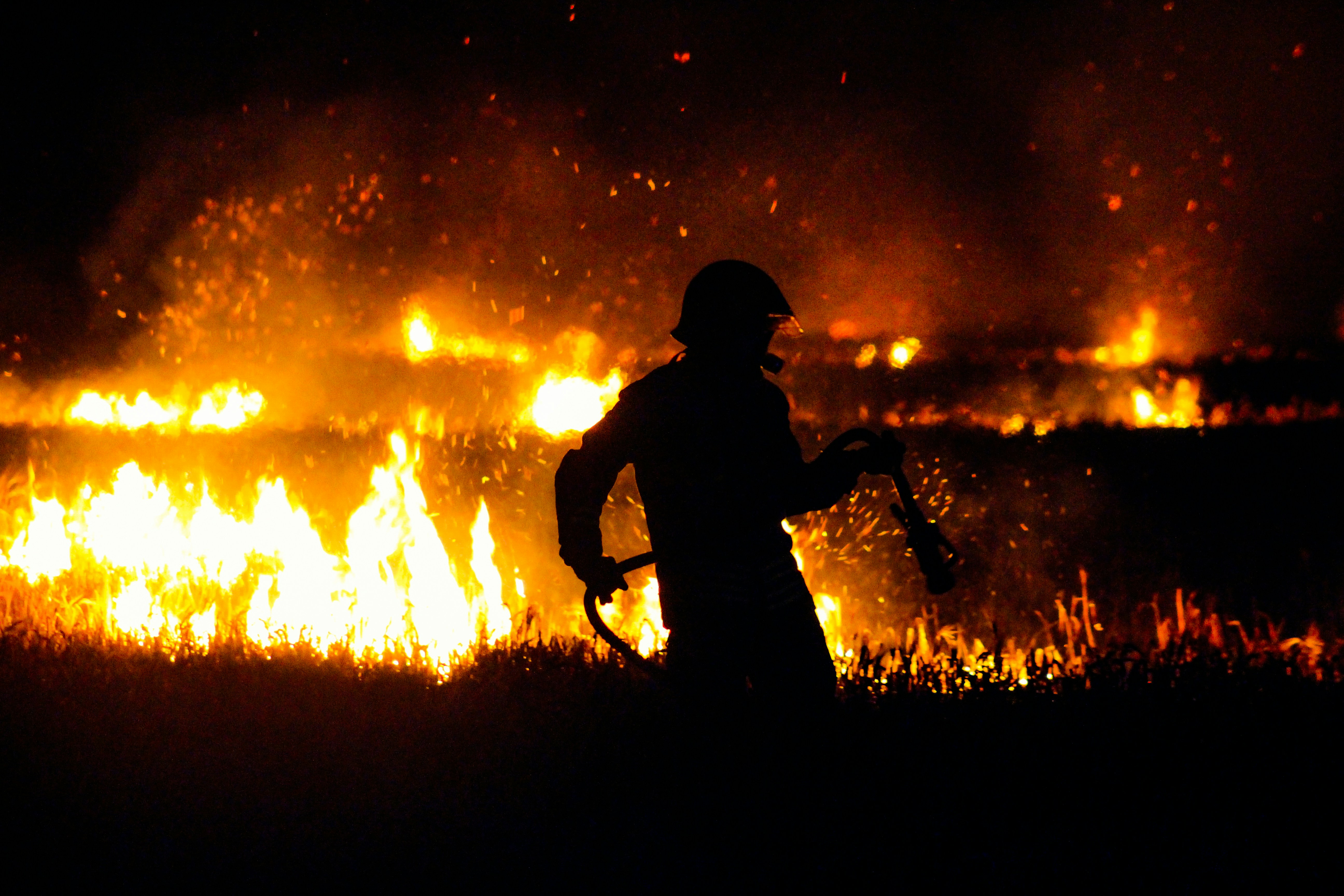Landmark reform in California as incarcerated firefighters set to receive a living wage

Zinat Jimada is a Research Fellow at the Institute for Crime & Justice Policy Research (ICPR) based at Birkbeck, University of London, where she works on the ‘Unlocking Potential’ project examining prison labour and work opportunities for prisoners and prison leavers in Brazil, the United Kingdom, and the United States. Here, she discusses a recently enacted California law that requires incarcerated firefighters to be paid the federal minimum wage, and explores the situation in Nevada, where a similar proposal to raise pay for working prisoners failed to pass.
On 11 September 2025, California lawmakers unanimously approved Assembly Bill 247 (AB 247) to pay incarcerated firefighters the federal minimum wage of $7.25 per hour when they are assigned to fight active fires. This is around seven times more than their current pay of about $1 per hour. The bill was signed into law by the Governor on 13 October 2025, and takes immediate effect. This change follows years of campaigning to improve conditions for incarcerated firefighters, in recognition of the dangers they face and their contribution to protecting lives and property.

Prisoners as firefighters in the US
California is one of at least 14 US states that use prison labour for wildland firefighting, including Nevada, Oregon and Washington. In these states, prisoners who meet certain eligibility requirements, such as having a low security classification and passing demanding physical tests, can be assigned to conservation camps, commonly known as fire camps, during their sentence. Those convicted of certain offences such as arson, kidnapping and sexual offences, as well as those serving particular sentences, such as life sentences, are typically excluded from this work.
In addition to these eligibility requirements, prisoners also have to volunteer for the role, which many do because firefighting work is considered preferable to assignments inside prison walls. Research suggests that motivations are complex; a wish to spend time outside in nature, to ‘make good’, and to build a positive, prosocial identity. For correctional authorities, incarcerated firefighters are an essential workforce that bolsters overstretched emergency response capacity and helps the state meet its responsibility to provide emergency response and environmental management services. In turn, prisoners receive training and certification and gain meaningful work experience intended to contribute to their rehabilitation and support reintegration after release.
At fire camp, prisoners are trained and certified to perform a range of tasks. Some are routine, such as groundskeeping and other conservation work on state and municipal property, while others are emergency functions, including wildfire suppression and responding to floods and other natural disasters.
California has one of the largest and most visible programmes, with around 2,000 incarcerated individuals across 35 fire camps run jointly by the California Department of Corrections & Rehabilitation (CDCR), the California Department of Forestry and Fire Protection (CAL FIRE) and the Los Angeles County Fire Department (LACFD). Roughly 70-75% of California’s total prison population of 90,696 have some form of work assignment, although firefighters make up just 2% of this working prisoner population. In Nevada, incarcerated firefighters form a much smaller workforce within four active conservation camps operated by the Nevada Division of Forestry (NDF) in partnership with the Nevada Department of Corrections (NDOC). On average, around 180 prisoners (out of a total prison population of around 10,500) are employed at a time in these camps.
Essential but dangerous work
Incarcerated firefighters work alongside free firefighters on long and gruelling shifts of up to 16 hours – sometimes even longer during the first 24 hours of a fire. In 2024, incarcerated fire crews in California contributed 42% of the state's total emergency response hours, the highest number ever recorded. Between January and December 2024, 81 fire crews provided a combined 1.8 million emergency hours supporting CAL FIRE. In the devastating January 2025 fires, more than 1,200 prisoners cleared brush and dug fire lines to help bring the blazes under control.
Pay and conditions
Despite their critical contribution, incarcerated firefighters have fewer protections than their free counterparts. They have no equivalent pension or health benefits, yet are more likely to suffer injuries. There have been documented deaths of imprisoned firefighters, both during active fires and in training.
Wages are among the starkest contrasts. Entry-level CAL FIRE firefighters in the community earn about $19 per hour. Before AB 247, Californian prisoners earned $5.80 to $10.24 per day at fire camps for other, non-firefighting duties (equivalent to roughly $0.70 to $1.28 per hour on an 8-hour shift), and an additional $1 per hour when assigned to active fire incidents. Wages are similarly low in nearby Nevada, where prisoners currently earn between $2.10 and $10 per day (about $0.25 to $1.25 per hour on an 8-hour shift) while working on natural resource projects, and $24 per day (equivalent to roughly $1.50 to $2 per hour on a 12- to 16-hour firefighting shift) when deployed to active fires.
Although pay for firefighting is often higher than for other prison work (such as facilities and maintenance work inside prisons), in many states it remains far below the wages of free firefighters doing the same dangerous work.
In addition to wages, prisoners in California are entitled to have their sentences reduced by two days for each day they serve on assignment as firefighters. In Nevada, the position is less clear, but prisoners working at conservation camps can earn up to 45 days off their sentence for time worked.
Earlier this year in Nevada, Senate Bill 334, which sought to increase pay for working prisoners, failed to pass into law. The bill proposed that prisoners who work, including inmate firefighters, be paid a progressively increasing percentage of the state minimum wage over a 5-year period, so that by 1 July 2029, all working prisoners would receive at least the state minimum wage of $12 per hour.
With AB 247 now enacted, California becomes one of the few states to guarantee a fair and dignified wage for prisoners carrying out essential public safety work. The new law also creates a process for resolving pay disputes and requires the wage rate to be reviewed and updated annually.
ICPR’s ‘Unlocking Potential’ project aims to inform and promote better policy, practice and improved collaboration between public, private and voluntary sectors in the provision of effective, sustainable, and ethical work for prisoners. A briefing paper on working prisoners in the United States, with a focus on Arizona, California and Texas, can be accessed here.
For more information on ‘Unlocking Potential’ and its publications, please visit the project homepage.
